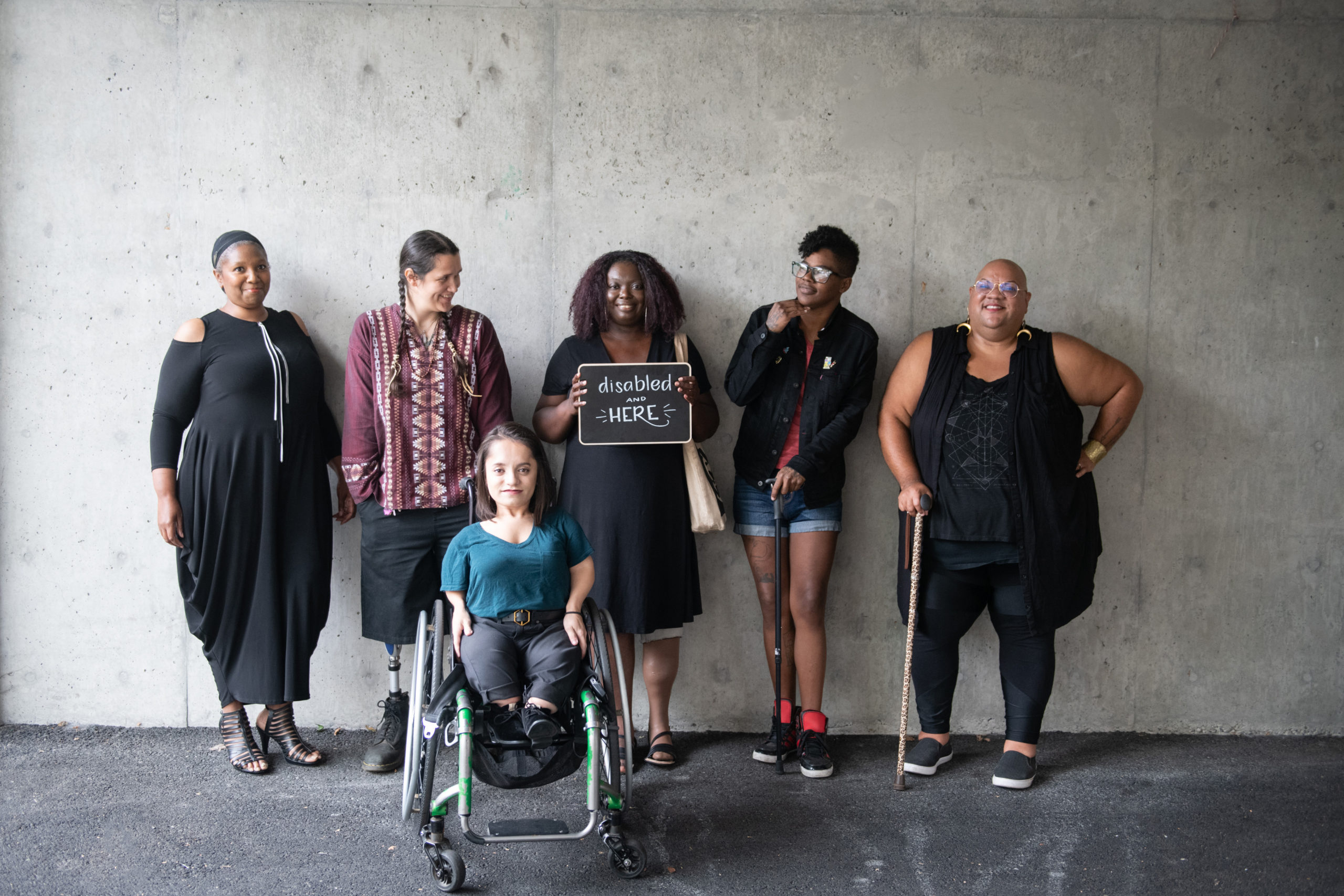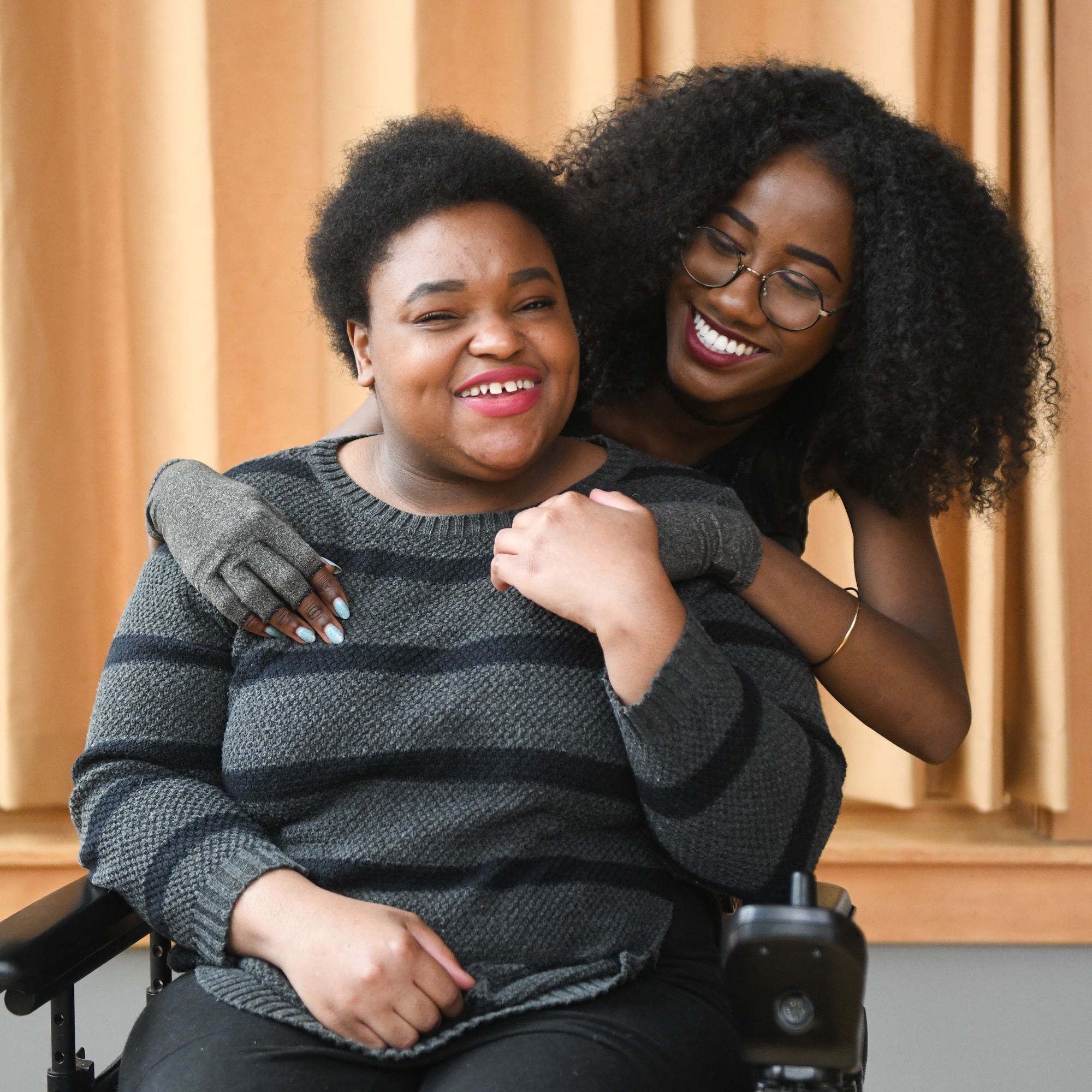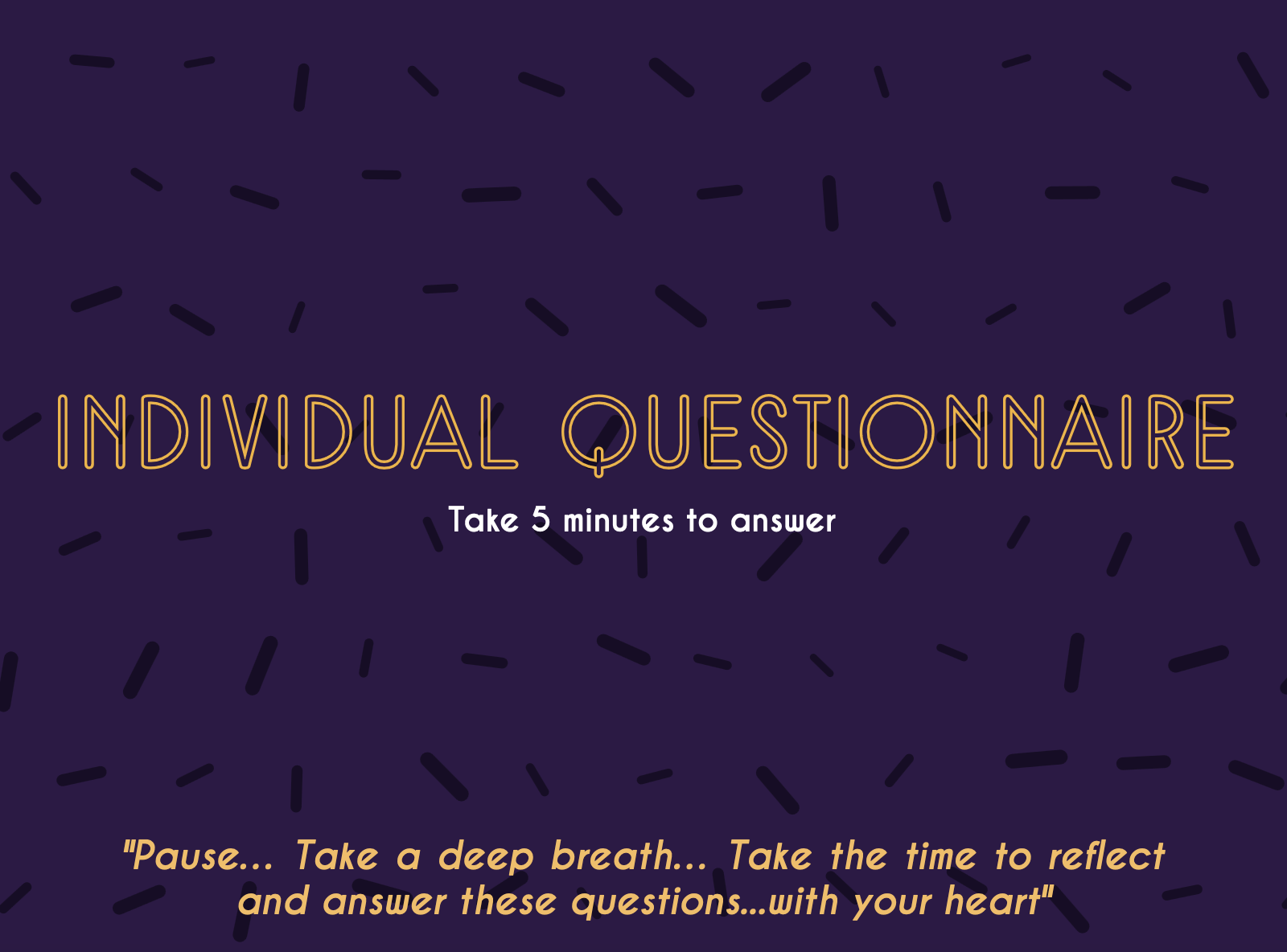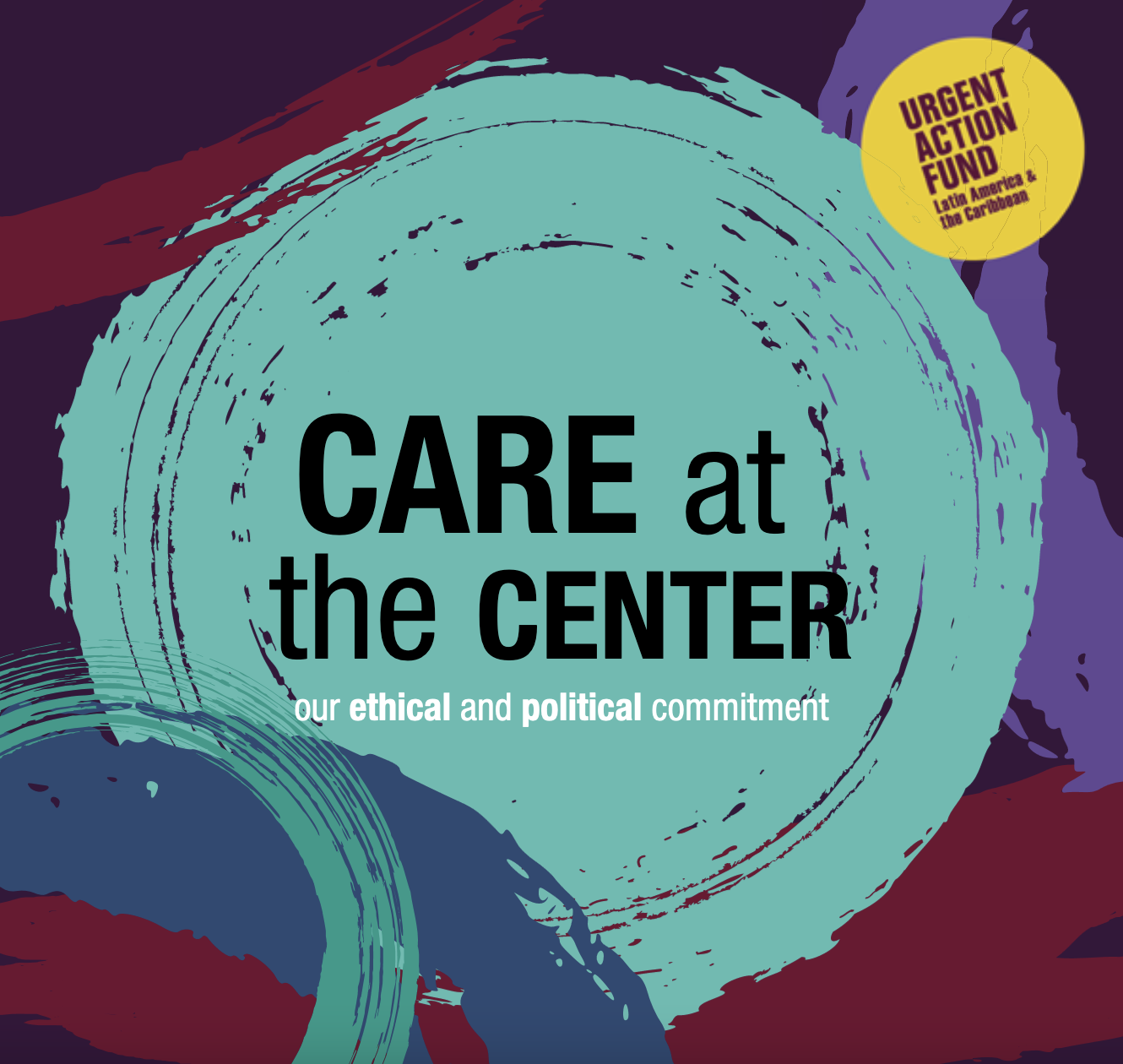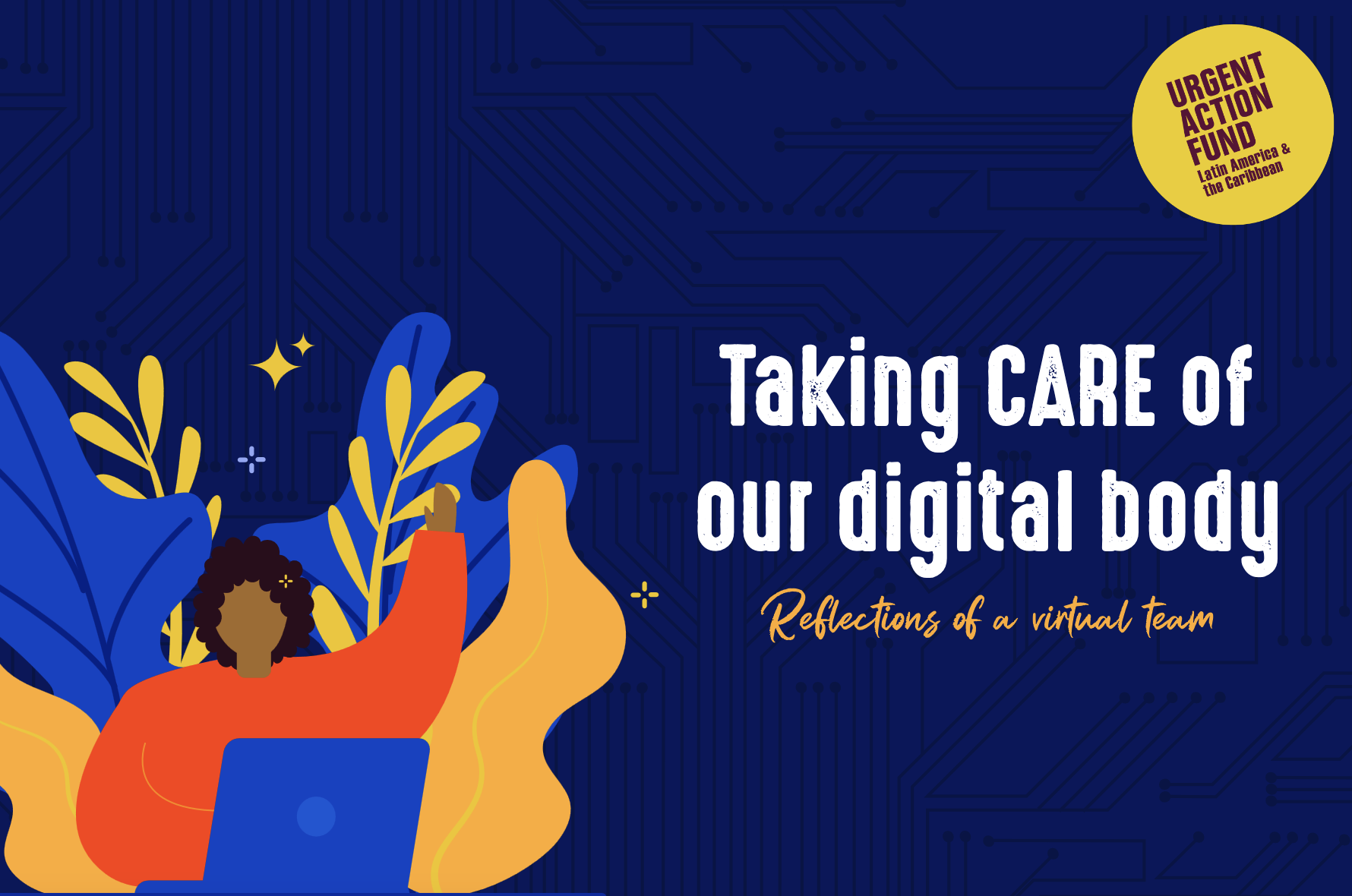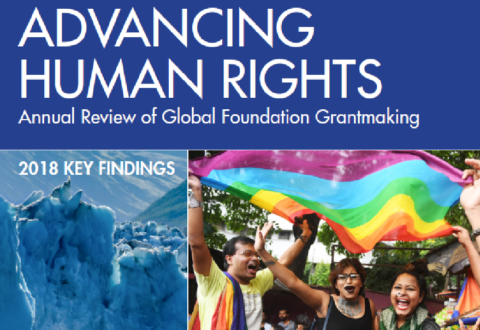As a former program officer for a foundation that supported human rights groups for over two decades in Mexico, I worked with civil society organizations that constantly struggled financially. Even though I knew firsthand that sources of support for human rights in Latin America were limited, I only began to understand the magnitude of the scarcity when I started researching to write this blog post. I wanted to see whether data on the funding landscape mirrored what I knew from experience: that streams of funding for human rights work in the region shift constantly and are scarce, that they tend to concentrate on thematic areas and thus funding is tied to specific projects and deliverables. Those of us working in philanthropy, especially the community of progressive donors, have an obligation to understand and address the inequities created by de-prioritizing Latin America.
